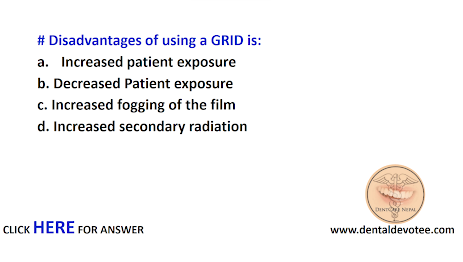# The cyst with the highest recurrence rate is:
A. Keratocyst
B. Periapical cyst
C. Nasoalveolar cyst
D. Globulomaxillary cyst
The correct answer is A. Keratocyst.
In 1967, Toller suggested that the OKC may best be regarded as a benign neoplasm rather than a conventional cyst based on its clinical behavior. The WHO has reclassified the lesion as a tumor based on several factors, that formed the basis of this decision.
Behavior: The KOT is locally destructive and has a high recurrence rate.
Histopathology: The basal epithelial layer of KOT shows proliferation and budding into the underlying connective tissue in the form of daughter cysts and mitotic figures are frequently found in the suprabasal layers of the lesional epithelium.







